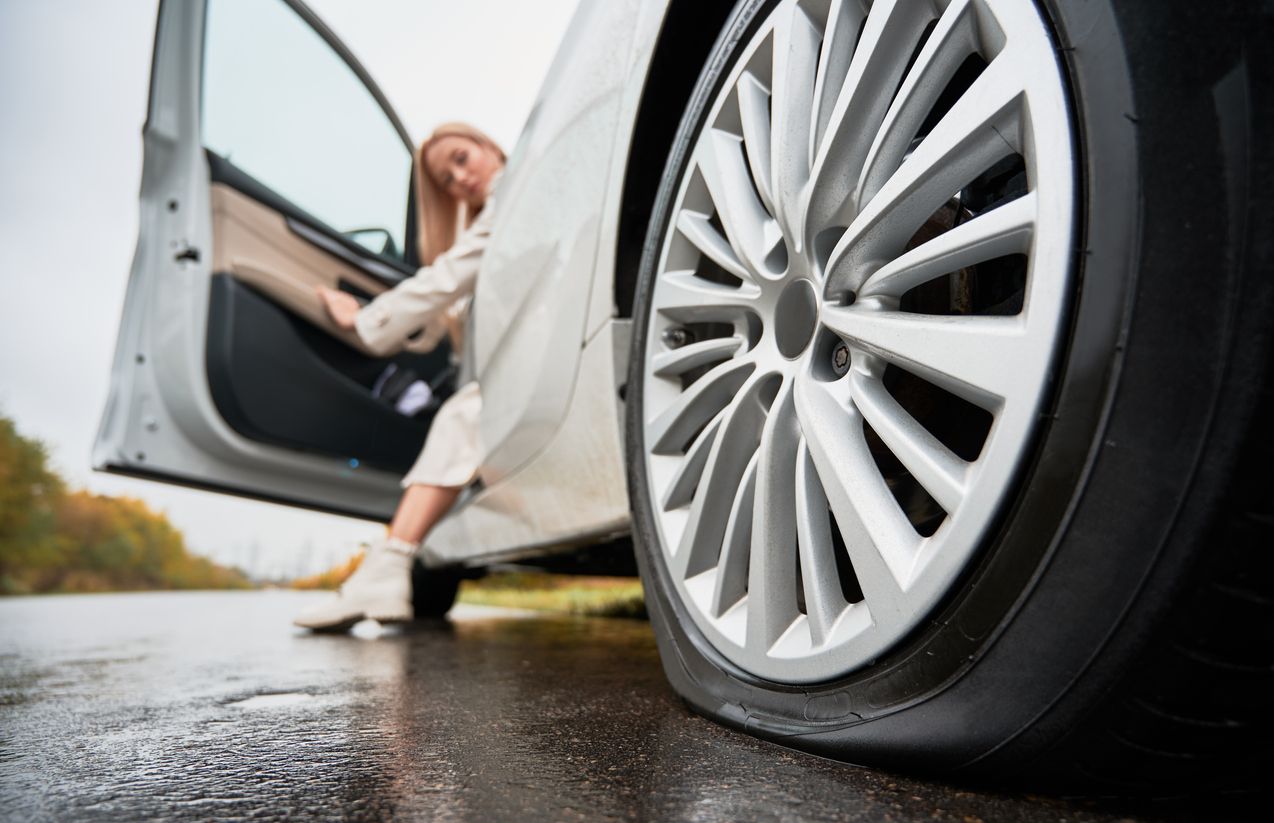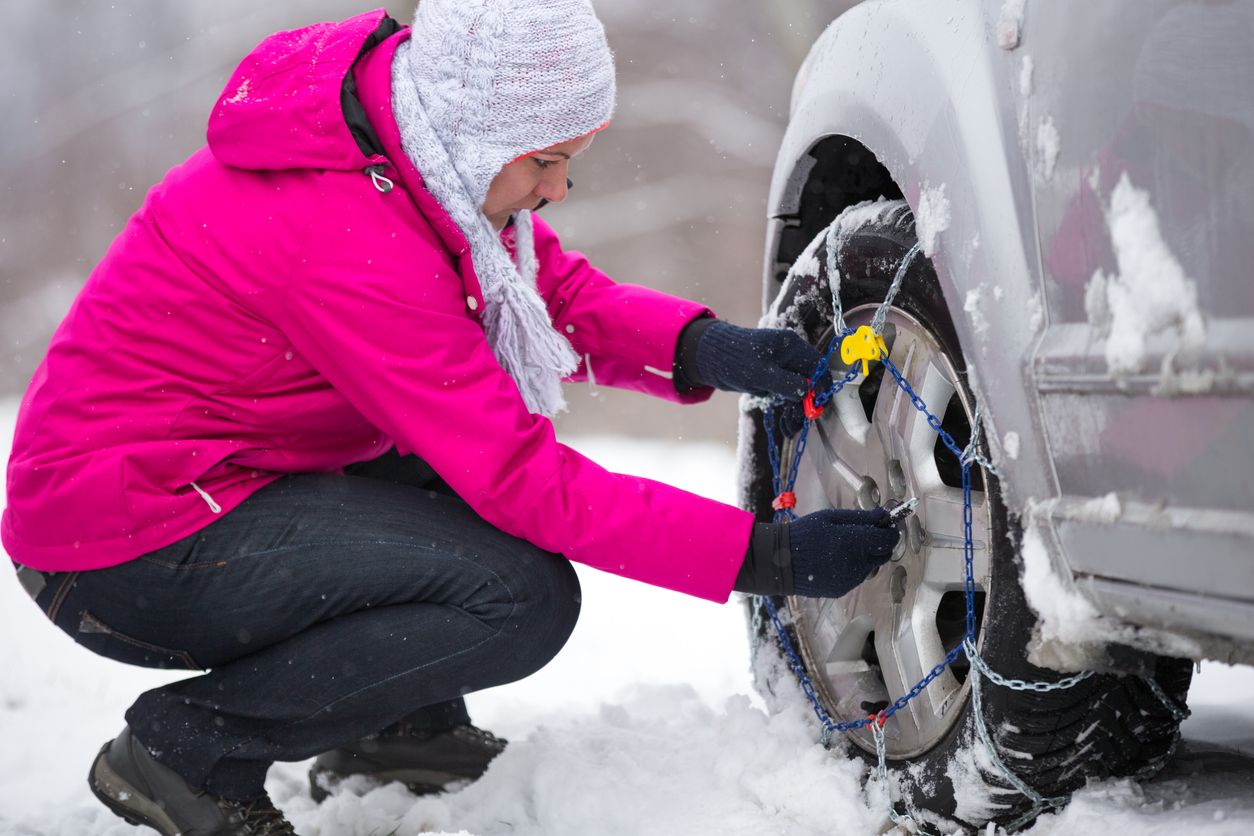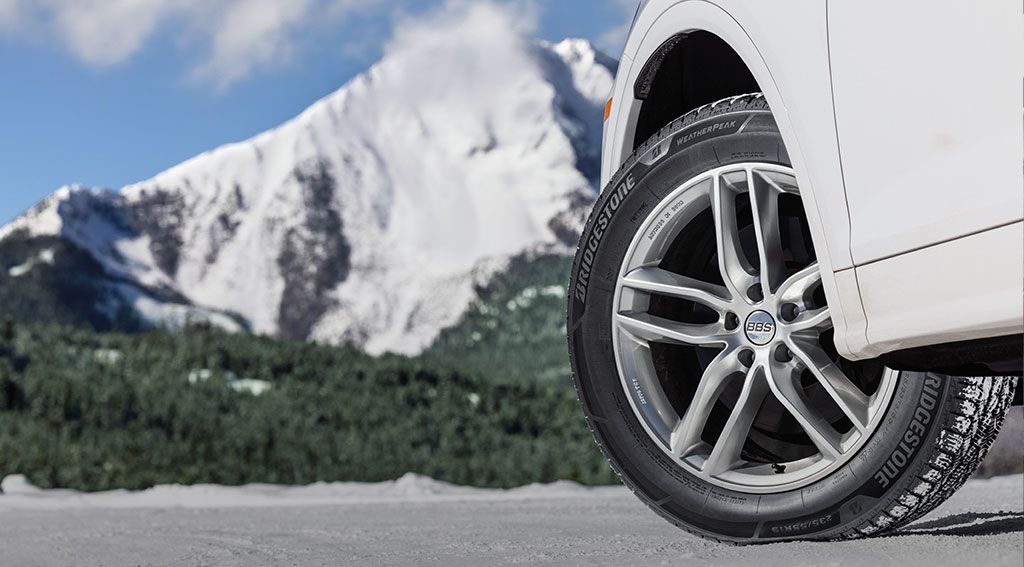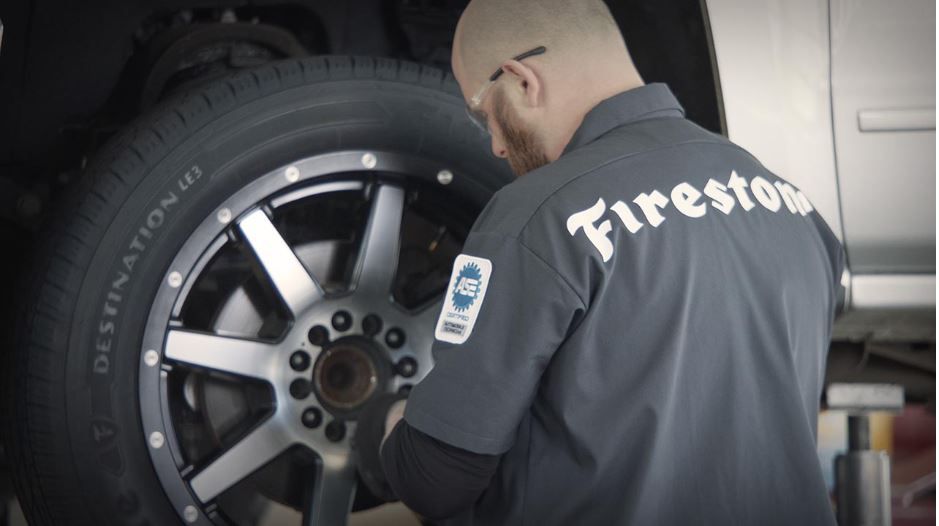Getting a flat is never ideal — changing out your tire, frantically searching for the nearest tire repair shop near you, and hoping you don’t get a blowout on the way. With regular tires, this can all become a reality from just a small nail or foreign object on the road.
Run-Flat tires (RFTs), on the other hand, change everything. But if you don’t know much about Run-Flats and how they work, you might just opt for regular tires the next time your vehicle is due for a new set. Before settling on a new set of tires, check out our breakdown of the differences between Run-Flat and regular tires to help you make the most informed decision.
Run-Flat Tires: How Do They Work?
Run-Flat tires are engineered to help you go further, longer after a tire puncture, thanks to state-of-the-art Run-Flat technology. If a Run-Flat tire is punctured, a self-supporting sidewall insert helps the tire maintain structure, allowing you to drive up to 50 miles at 50 MPH — which can make all the difference in getting you to your closest Firestone Complete Auto Care for tire replacement!
Conventional tires have a higher chance of leaving you stranded after a puncture as they can lose pressure along the way due to the heat that builds up as the tire spins. Run-Flat tires have cooling fins on the sidewall that helps to dissipate that heat, allowing you to drive that extra distance after a puncture. Additionally, Run-Flat tires are specially designed to work with your wheels, staying attached even with zero inflation pressure.
Know that with conventional tires, you should never drive on a flat, as it could risk permanently damaging your wheel (or more ) since the tire can no longer support the weight of the vehicle. If a tire has gone partially or completely flat, either swap it with your vehicle’s temporary spare or opt for roadside assistance to get to your nearest FCAC repair shop.
Are Run-Flat Tires Better Than Regular Tires?
Run-Flat vs. conventional tires: which is better? When choosing between RFT vs. non-RFT, it's important to note that you can equip your ride with RFT tires without losing conventional tire benefits. There are many types of run-flat tires available, and they often provide an extra element of safety and security that conventional tires might not always offer.
To start, a set of conventional Bridgestone or Firestone tires can offer safety, comfort, reliability, and improved fuel efficiency for tens of thousands of miles. All-season tires, like Firestone All-Season, perform in wet, dry, and snowy conditions, providing excellent traction and handling all year. Summer and winter tires excel in their respective seasons thanks to their superior rubber compounds, tread design, and more.
But choosing Run-Flat tires doesn’t mean giving up all these benefits. Our RFTs are manufactured with the same benefits found in our non-RF tires with the added bonus of our Run-Flat technology! Whether you’re shopping for winter, performance, all-season, or truck tires, you can get the most from your vehicle with the added performance of Run-Flat tires.
Run-Flat vs. Regular Tires Performance Comparison
When it comes to overall performance, our Run-Flat tires are designed to perform as well as our conventional tires. Equipping your vehicle with Bridgestone DriveGuard Plus tires, for instance, gives the same level of performance you’d expect from other all-season Firestone and Bridgestone tires. They are designed to give you a comfortable, quiet ride and provide optimal handling and traction in wet, dry, and snowy conditions, just as premium non-RF tires do.
What Brands Have Run-Flat Tires?
Want to know what types of Run-Flat tires are available at Firestone Complete Auto Care? We stock Run-Flat tires from these top brands:
Can Run-Flat Tires Still Go Flat?
Run-Flat tires can go flat once they’ve been punctured or damaged. However, the tire is designed for continued use for up to 50 miles at a maximum speed of 50 mph, thanks to the Run-Flat technology inside the tire. Driving on a punctured conventional tire, however, can lead to a blowout, something a Run-Flat tire is engineered to avoid.
Can RFTs Be Repaired?
Run-flat tires can be repaired in certain conditions. Due to the nature of the Run-Flat technology, an RFT should not be repaired if the tire has operated at 15 psi or less. Driving the tire on this minimal amount of pressure can damage the rigidity and structure that gives the Run-Flat tire its durability.
You can repair or plug an RFT in certain conditions, depending on the extent of the damage from the puncture.
For best practices, routinely check your vehicle’s TPMS system, visually inspect the tires, and manually check the pressure on each tire often or if you suspect your tire pressure is running low. Catching a punctured Run-Flat tire before driving on it can increase the chance of repairing it.
If a Run-Flat tire isn’t repairable, it’s important to replace all four tires with new Run-Flat or conventional tires. It’s best to never equip conventional and Run-Flat tires simultaneously.
Time for New Tires? Time to Visit the Tire Experts
Are you ready to take advantage of Run-Flat technology? Start by heading to your local Firestone Complete Auto Care tire shop. We’ll help you find the right Run-Flat tires that fit your vehicle and driving style.
If you’re still unsure about Run-Flats vs. conventional, our experts are always ready to answer all your tire questions to help you make an informed decision that you’re comfortable with. Call your local store or schedule an appointment online to get started.



